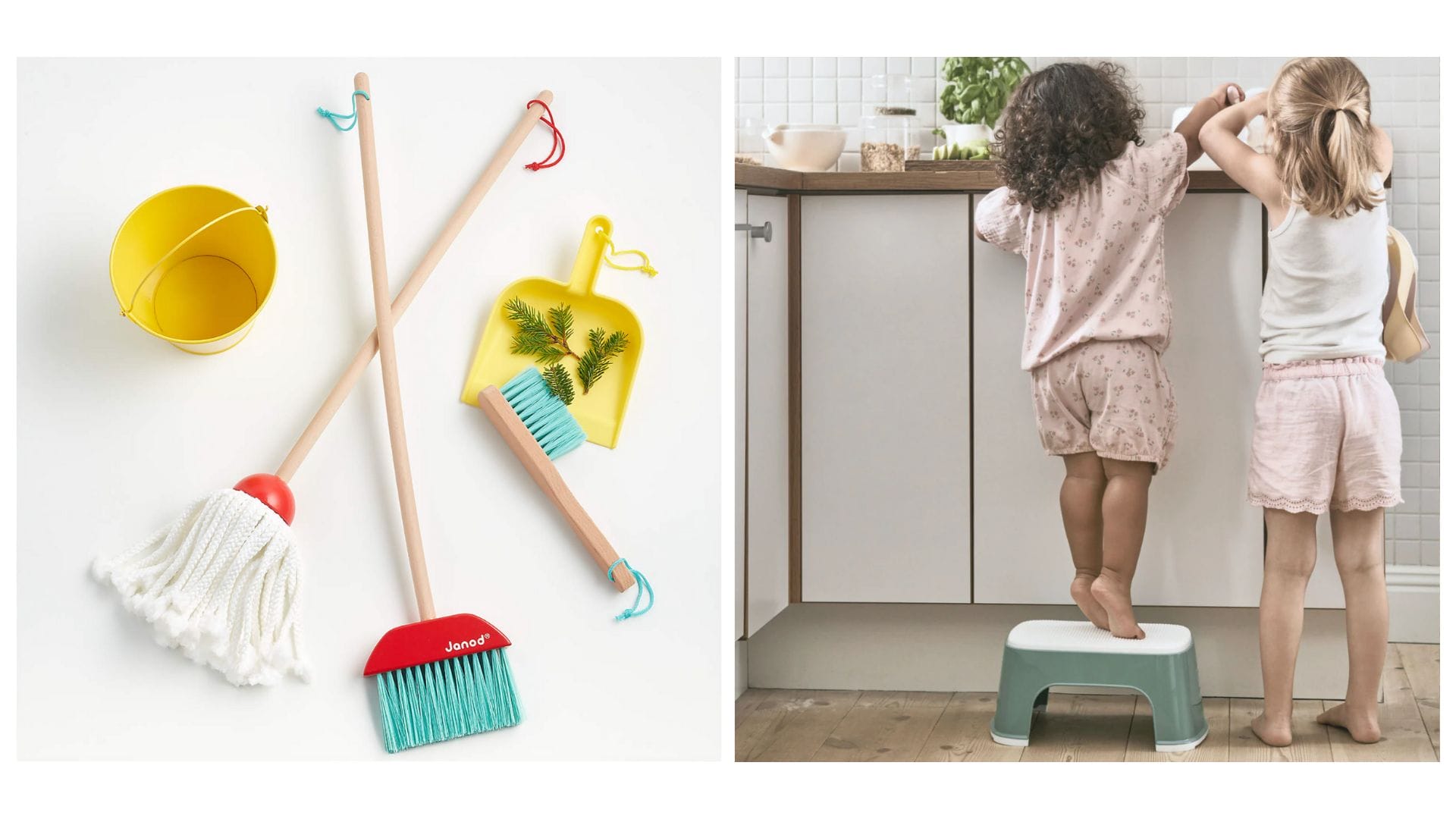15 art supplies used in Montessori classrooms (and they’re on Amazon!)

Happy crafting!
Table of Contents
Montessori learning is all about quality over quantity. The idea is that if you give a child a disposable plastic toy, they’ll treat it as such. If you give them something high-quality, even if it’s fragile, they will sense the beauty and worth and take care of it.
This is one reason even the youngest children in Montessori classrooms use real glass dishes. They quickly learn that if they are careless, the plate will break. If they’re careful, it will not. As a result, they learn to take care of items.
This same principle applies to art supplies. When children are presented with high-quality art supplies, it sends the message that their art work is important and worthwhile.
So with quality over quantity in mind, which supplies are the best? Here are 15 Montessori art supplies used for learning:
Watercolor paper

While leftover printer paper will definitely do in a pinch, watercolor paper has a totally different effect and feel. Your child will experience how the medium can be used and will take their artwork more seriously.
Pro tip: Cut the paper in half if you want to make it last longer.
Watercolors
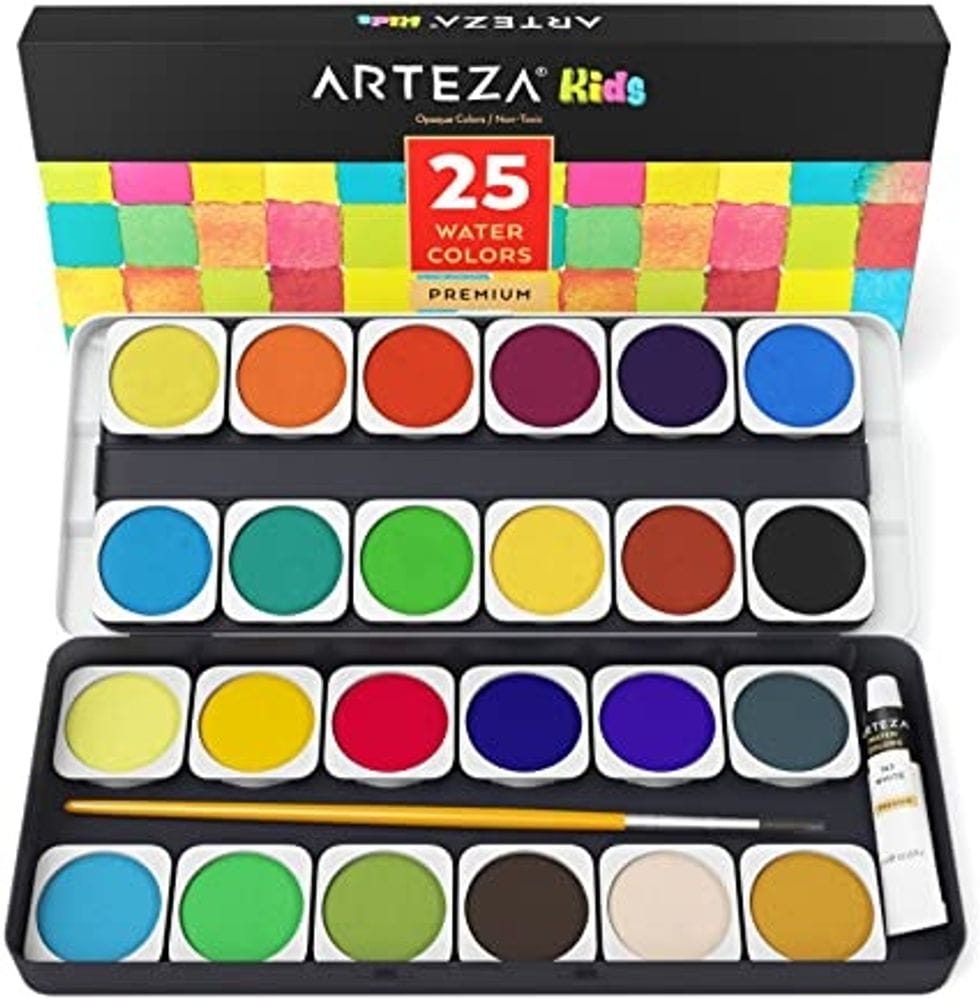
This type of watercolor set is perfect for young children because you can easily remove the colors so that you’re offering them only one or two colors at a time. Offering a small amount of colors at a time shows your child how to rinse their brush between colors and lets them practice without ruining the whole set.
This also lets them focus on the process without being overwhelmed by choices.
Paint brushes
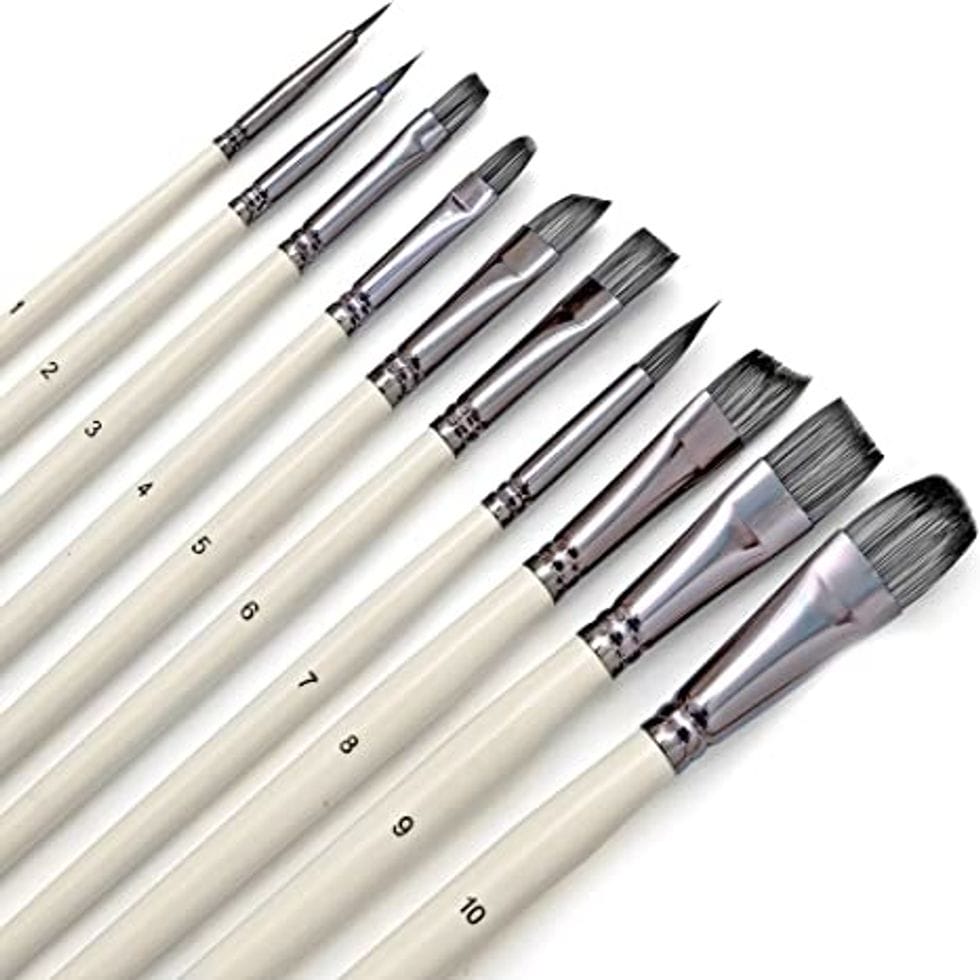
If given a multitude of plastic paint brushes, children often smash them so hard on the paper that the bristles are messed up or forget to wash them so they’re full of dried paint.
Try buying some quality brushes and then providing a few at a time for your child to choose from. Show them how to paint without ruining the brush and how to wash and dry the brushes when they’re done.
Weaving loom
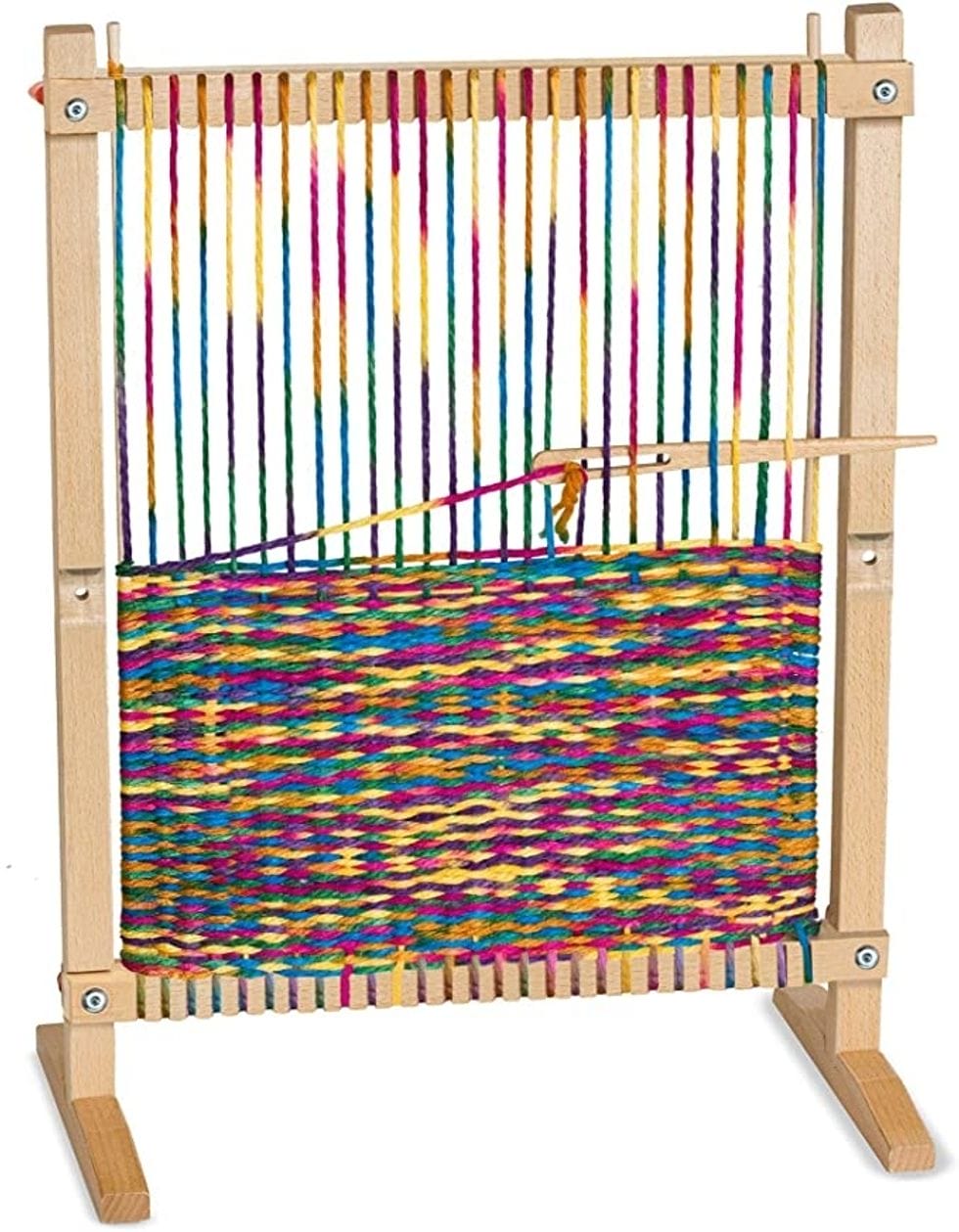
Instead of one-time-use craft sets, try giving your child art tools to learn a skill, like a weaving loom.Don’t be intimidated, it’s simple to figure out and you can find plenty of instructional videos on YouTube if you’re not sure how to use it yourself.
Colored pencils

There are so many colored pencil options out there, it can be overwhelming. For children, try to find pencils that are strong enough that they won’t constantly break, that have rich colors, and are comfortable for them to hold.
If your child is a preschooler (or 3+), show them how to use a pencil sharpener so that they can be independent with their drawing.
Oil pastels
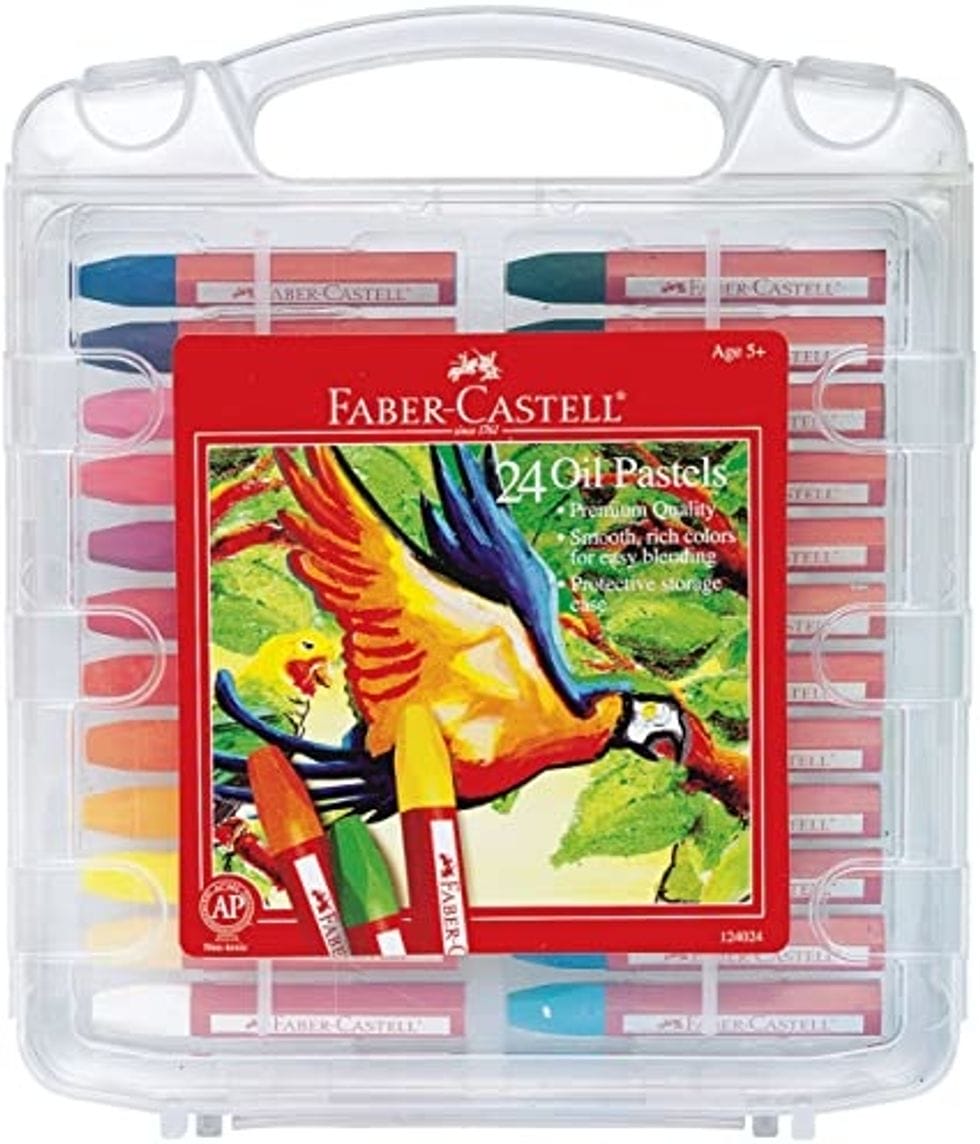
Collect all of that unused black construction paper you’ve acquired over the years and introduce some pastels! Your child will love learning to blend and shade.
As with all new art supplies, introduce just a few colors at a time until they learn how to use and take care of it. Then they can have the whole rainbow!
Beeswax crayons
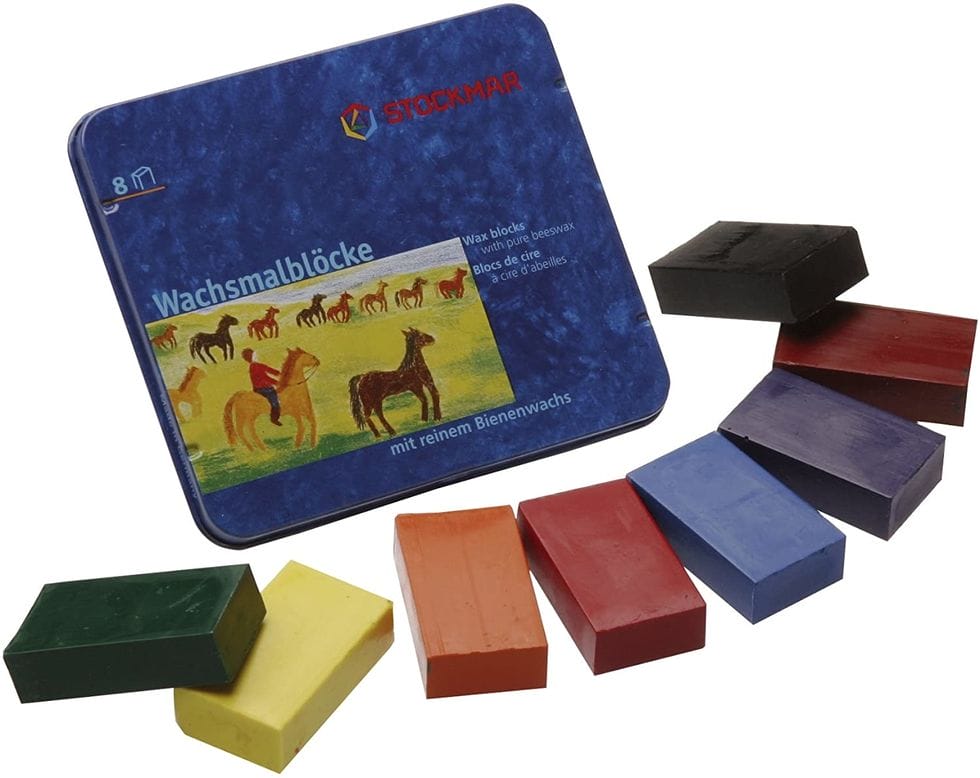
Beeswax crayons are stronger, smoother and provide richer colors. This block shape is fun for a change and also excellent for crayon rubbings, but beeswax crayons are available in the standard crayon shape too.
Fiskars scissors
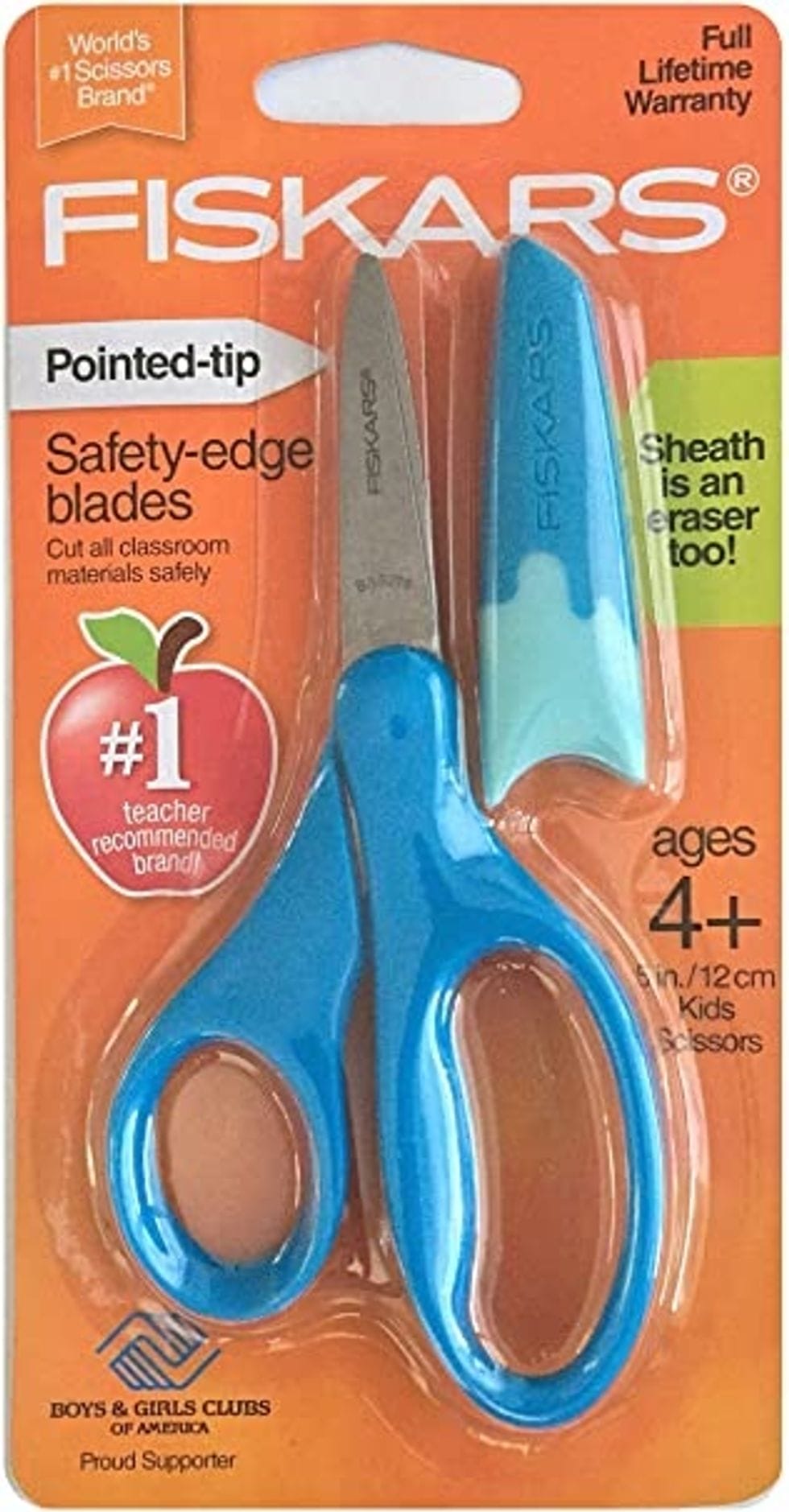
Learning to use scissors is hard enough for kids so make sure they have a pair that really works.
After seeing many children learn to cut in the classroom, I can tell you that getting quality scissors is definitely worth it. Show your child how to carry scissors carefully and how to walk when holding them.
Spill-proof paint pots
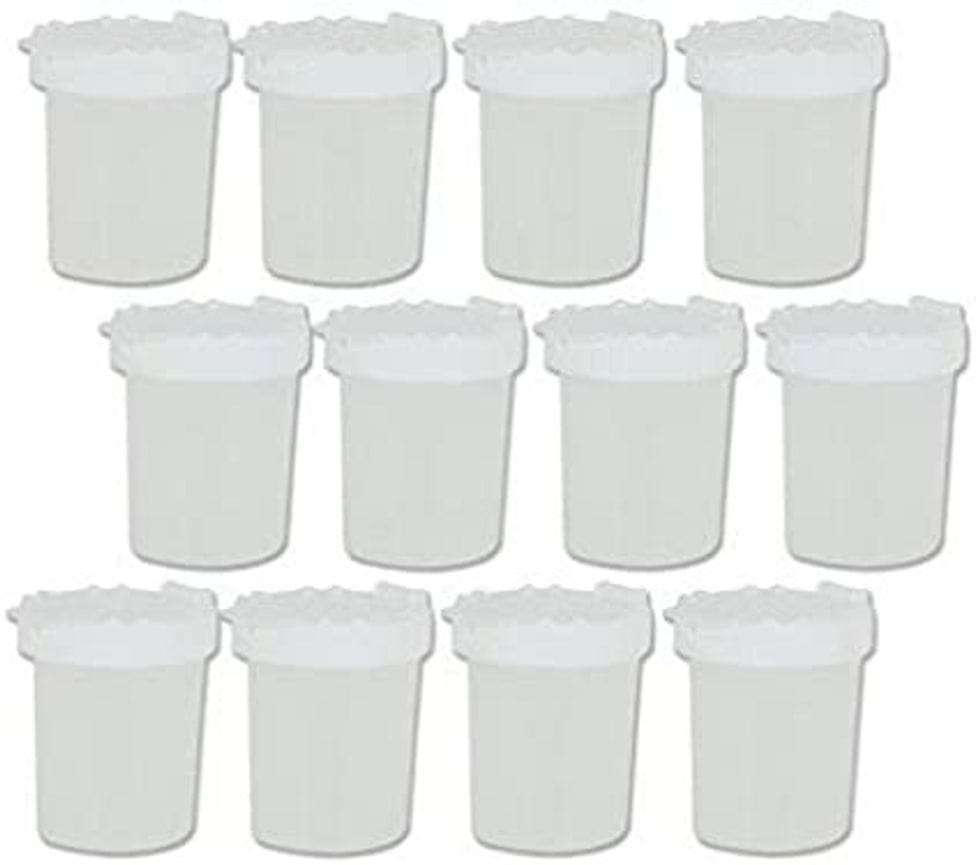
While we don’t necessarily discourage spills in a Montessori classroom (so much learning happens in the cleanup) you don’t necessarily want paint all over your living room.
Spill-proof paint pots will let you relax instead of hovering while your child paints. They will sense this and relish their independence as they create their little masterpieces.
Sketchbook
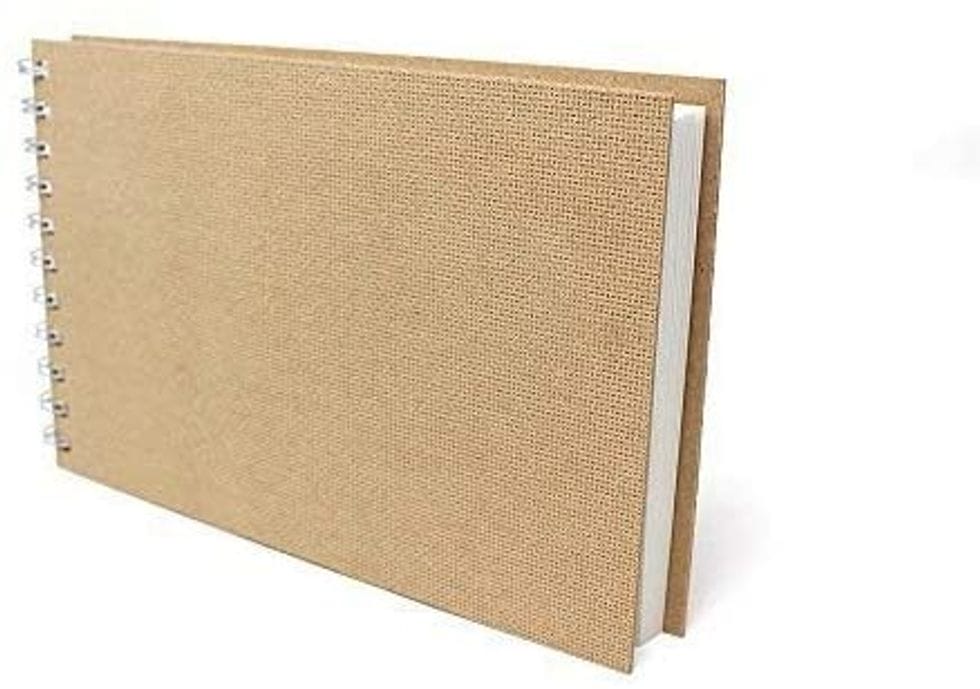
There are a few advantages to using a sketchbook over loose paper. It allows your child to easily look through their past artwork and see how it’s changed.
It also prevents a a pile up of giant stacks of papers that you have no idea what to do with and lets your child bring their drawing wherever they want to go. In the backyard? Perfect. At a restaurant? Excellent.
Realistic stickers

Most children love stickers and this set is in line with the Montessori principle of presenting realistic images to children. These depict beautiful images for nature. Bonus: They’re reusable!
Modeling clay
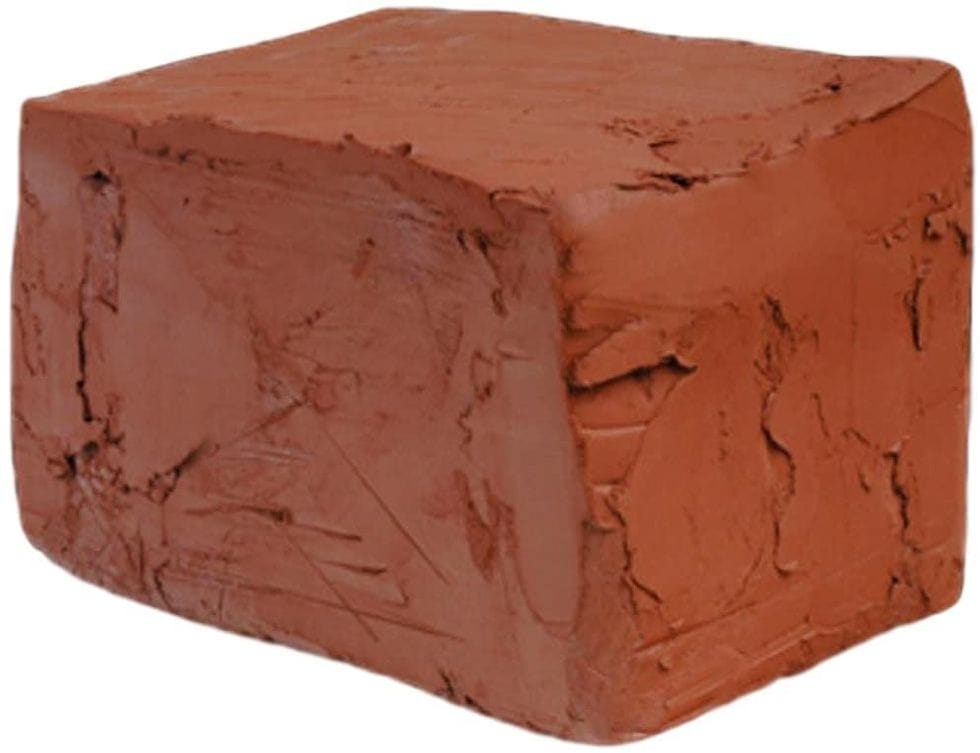
You can totally use play dough too, but clay gives a slightly richer experience as it’s more difficult to mold. It’s excellent for pounding with a hammer and also great for developing hand strength. You can choose air dry or non-hardening clay.
Charcoal
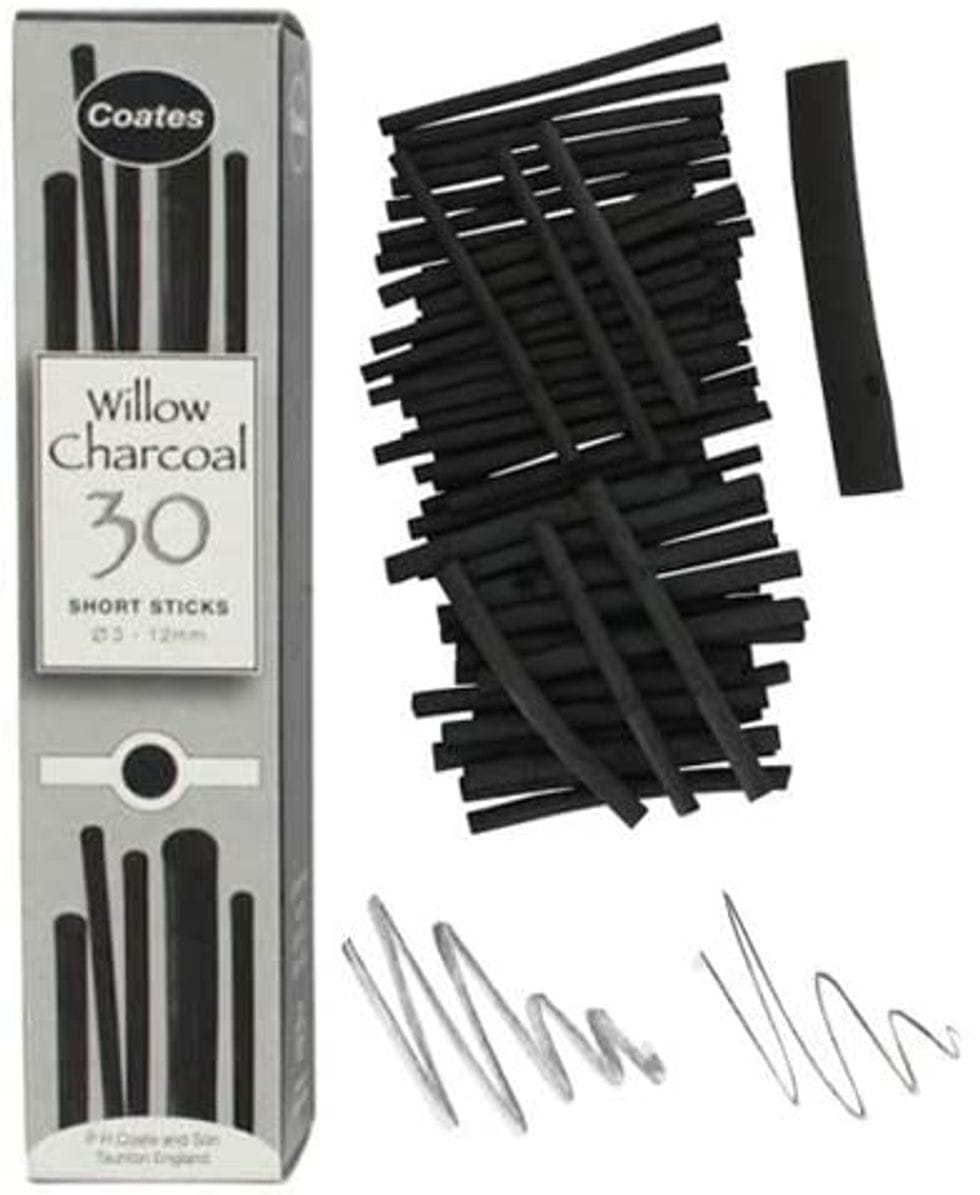
Drawing with charcoal offers such a rich sensory experience. If your child is used to drawing with crayons or markers, they’ll be captivated by how they can blend and smudge to create a totally different kind of picture.
This would also be a super fun way for a child to create black and white pictures to frame for a baby’s room if they’re expecting a sibling.
Stencils
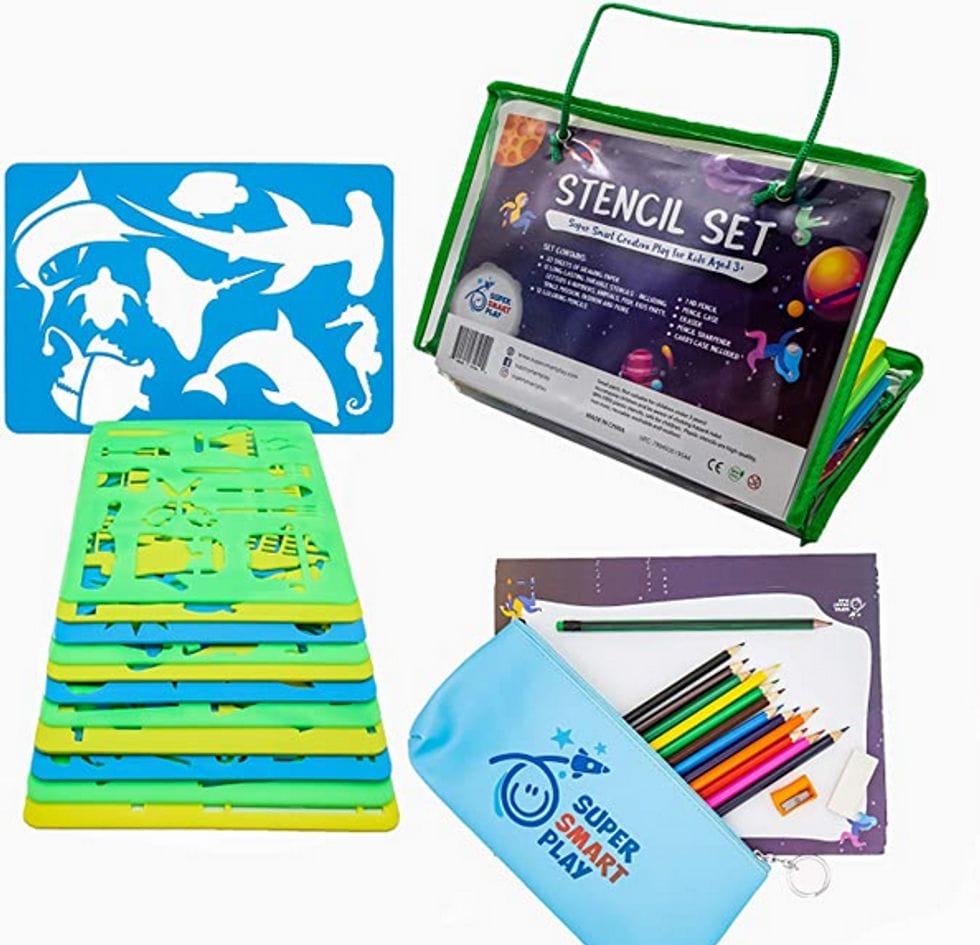
Is your child always asking you how to draw a cat? It may be time to invest in some stencils.
You can talk to your child all day about the beauty of abstract art, but sometimes they simply want to draw something that looks real. Stencils are a great way for them to do this independently and are also great for developing focus and fine motor control.
Origami paper

If your child isn’t really into drawing and painting, don’t give up. There are plenty of different kinds of art to appeal to different children. Keep introducing a variety of materials and see what catches their interest.
Origami is a wonderful option for children. Many of them love it and it requires a great deal of focus.
There are countless choices for art materials for children so don’t feel limited by this list. Keep in mind choosing quality over quantity, following your child’s interests, and showing them how to take care of their materials. Happy creating!
We independently select and share the products we love—and may receive a commission if you choose to buy. You’ve got this.






